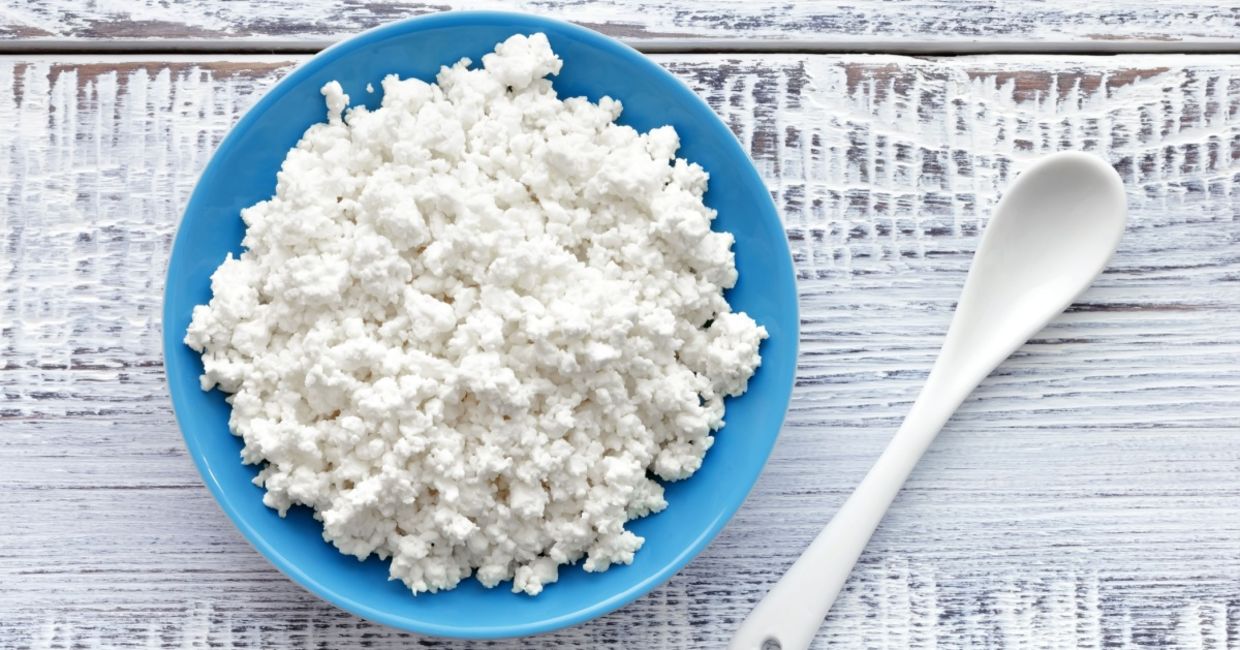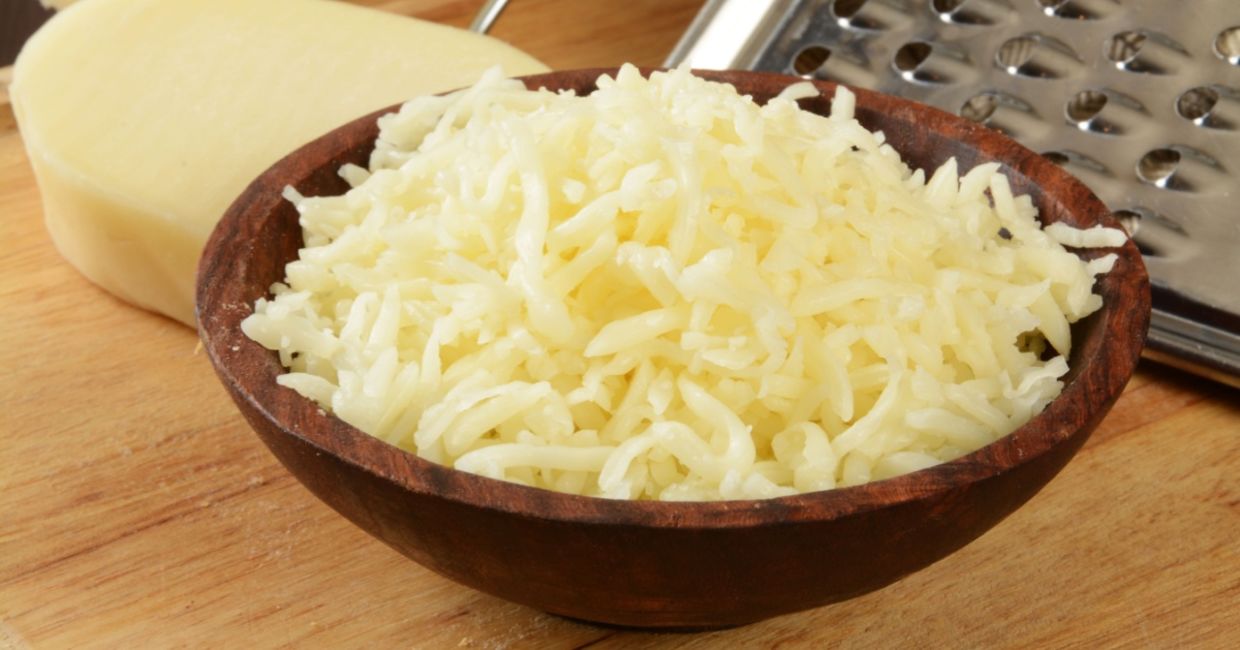
(Umomos / Shutterstock.com)
When it comes to healthy food, cheese may not be on the top of your list. But that is because many people think that cheese should be avoided because it is too high in fat and sodium. But this is not the case. Cheese is actually very good for you if you avoid processed cheese products and eat the real deal, according to Healthline.
Cheese comes in a large variety of flavors and textures and some have more health benefits than others. Cheese is made by heating milk and adding an enzyme and starter to separate the curds and whey, according to mindbodygreen, and then aging the mixture. Cheeses that are aged longer contain less lactose and aged or cultured cheese contains some probiotics
The nutritional content comes from what type of milk is used and how it is made. Cheese contains important vitamins like Vitamin D, A, B12, and K as well as a large amount of protein and calcium. No matter how you cut it, cheese is good for your health.
Goat Cheese
Goat cheese has a strong tangy flavor and ranges from soft to hard aged varieties. For people who have allergies to cow’s milk or have trouble with lactose, goat cheese is a great alternative because it has less lactose and it contains casein which is easy to digest. The cheese also contains a large amount of vitamin A which is an antioxidant and helps to support your immune system. Goat cheese is a great addition to salads, omelets, or other dishes.

(StockphotoVideo / Shutterstock.com)
Parmesan
Parmesan cheese originated in Italy and is a hard, aged cheese that is made from cow’s milk. If you have issues with lactose, this is an excellent choice for you because the longer a cheese ages, the less lactose it contains. Parmesan cheese is high in protein, calcium and phosphorus. Although it is high in sodium, a little bit of parmesan goes a long way on pasta, pizza, or other dishes.

(Dream79 / Shutterstock.com)
Feta
Feta cheese is a Mediterranean staple and is usually made from sheep’s or goat’s milk. This cheese is brined so it is high in sodium but it is typically lower in calories than other cheeses. It is easy to add feta cheese to your diet by crumbling it over salads.

(New Africa / Shutterstock.com)
Cottage Cheese
Cottage is a soft cheese made from the loose curds of cow’s milk, according to Healthline. It is available in low-fat varieties from 2 percent to 4 percent which is considered full fat in the US. Cottage cheese is higher in protein than most other cheeses and is a very healthy choice. Pair cottage cheese with fruit for a light summer meal.

(Sea Wave / Shutterstock.com)
Blue cheese
Blue cheese can be made from the milk of cows, goats, or sheep that has been cured with cultures of the mold Penicillium which gives it blue or gray veins and spots. The mold gives blue cheese its distinctive odor and taste. The advantages to eating this cheese is that it is very nutritious and a good source of protein and calcium. Enjoy blue cheese in salads and paired with fruit.

(Brent Hofacker / Shutterstock.com)
Ricotta
Ricotta is a soft, fresh cheese that originated in Italy. It is traditionally made from remnants of the whey from making other cheeses, according to mindbodygreen. This makes ricotta very high in whey protein that is easily absorbed and used by your body. Ricotta contains helpful amino acids, is low in sodium, and one serving gives you 25 percent of the daily recommended value of calcium. You can use this healthy cheese in a variety of dishes.

(Katerininamd / Shutterstock.com)
Mozzarella
Mozzarella is also a soft Italian cheese but it is made from either cow’s or Italian buffalo’s milk. Despite its association with pizza, this cheese is very good for you. Mozzarella is low in sodium, contains probiotics, and a good amount of calcium. According to The Spruce Eats, there are six types of mozzarella cheese ranging from fresh to smoked. Use mozzarella on pizza, in salads, and in many other dishes.

(MSPhotographic / Shutterstock.com)







